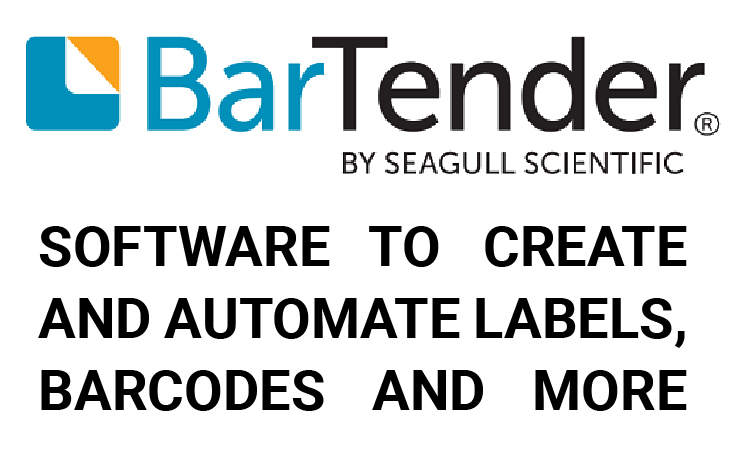Whenever organizations consider a new investment in the business, the return on investment is a vital component of the decision-making process. Maximizing the ROI is critical when looking to make capital investments. Companies must also consider that not making the investment or working within inefficient processes could have even more impact on their ROI.
BarTender shows us the 5 ways that inefficient labeling can impact ROI and how upgrading your labeling solution can reduce the impact.
- Labeling errors due to duplicate files– Manual processes frequently create duplicate files, and create confusion and inefficiencies when updating existing label variations. Add required regulations, and you are left with hours of labor and production downtime with the potential for errors.
- Compliance and Regulatory fines– those organizations working within the medical device, pharmaceutical, chemical, and food and beverage industries are well versed in regulatory compliance. There are industry-specific standards they must comply with during the labeling process to avoid mislabeling and regulatory fines. “Insufficient labeling practices can result in substantial costs, compliance fines, and supply chain disruptions.”
- Product Recalls from Inaccurate Labels– Some of the most common product recalls due to labeling errors are: missing allergens in food products, incorrect ingredient information, incorrect nutrition facts, design and printing mistakes, language translation issues, and incorrect Unique Device Identifiers (UDI).
- Supply Chain Inefficiencies– Without proper labeling information, the rest of the supply chain process may be unable to move forward and distribute products properly. Inefficiencies in the supply chain such as labor costs to re-label, additional inventory management procedures, shipping delays, and loss of trust from customers, are just a few outcomes organizations can expect.
- Materials and Inventory Costs– Manual processes can lead to more errors, requiring re-labeling, which leads to higher labor costs and increased materials costs. While re-labeling, organizations are delaying the work that was scheduled to be done so are delaying shipments and requiring closer inventory control.
You can see that inefficiencies in labeling over time can wreak havoc on a business’s bottom line. Many times, this leads to even more investment in an automated system. However, an investment can save organizations thousands of dollars in a short amount of time. Pragmatyxs can help you justify this expense, showing the positive impact on your ROI, and taking the guesswork out of implementing an automated labeling solution.
